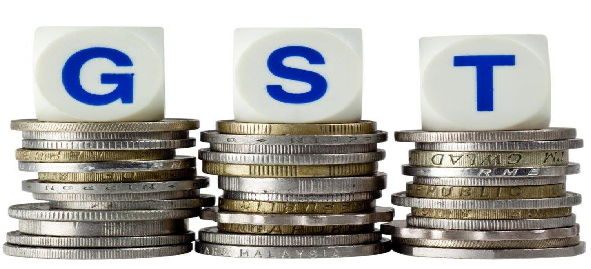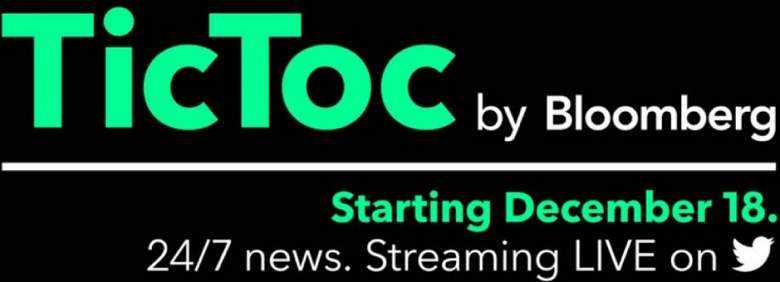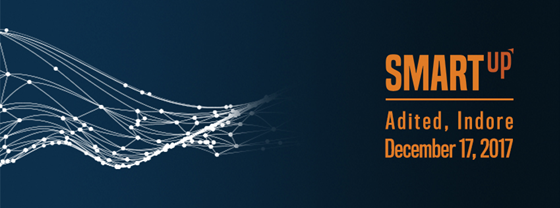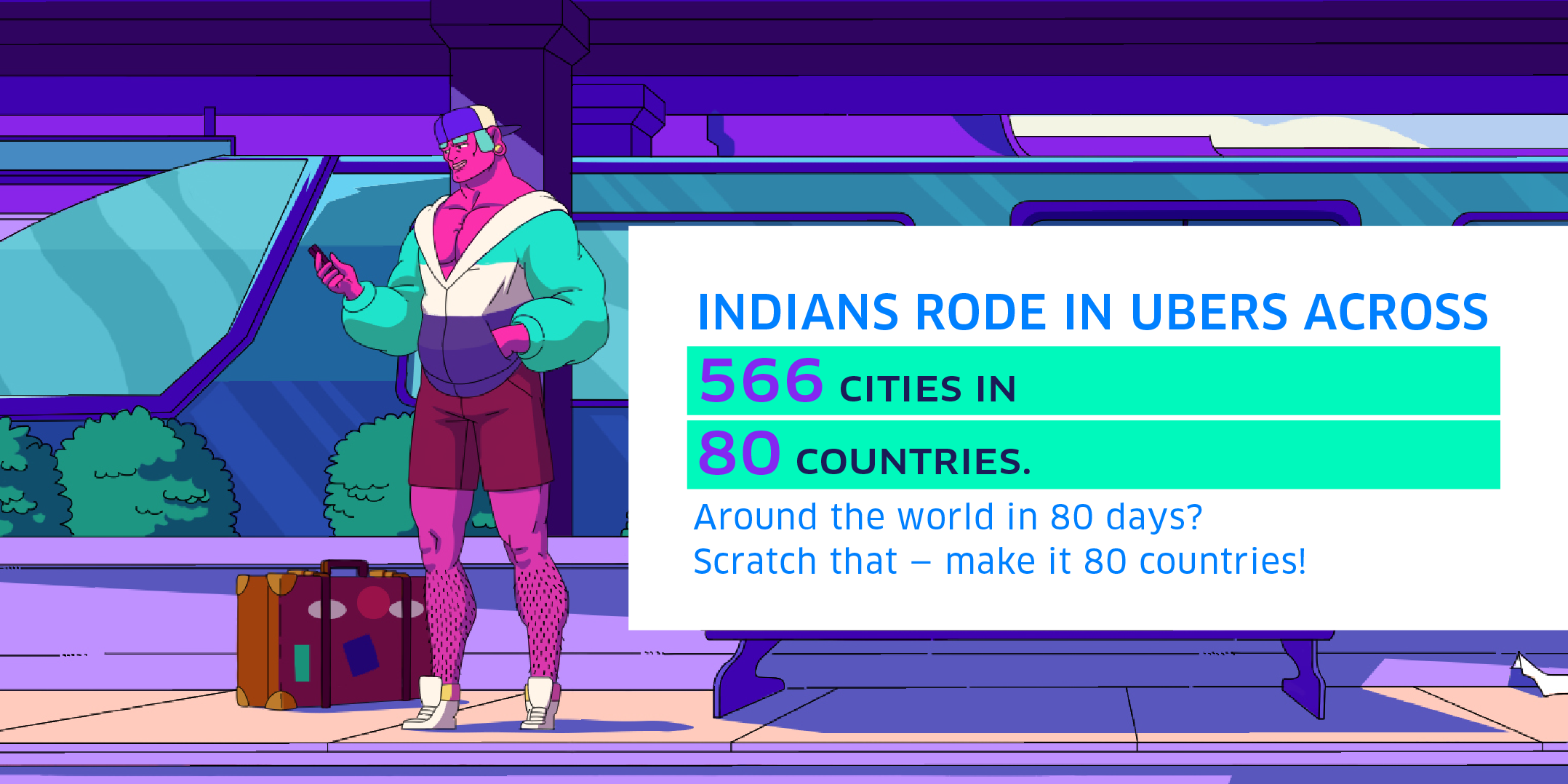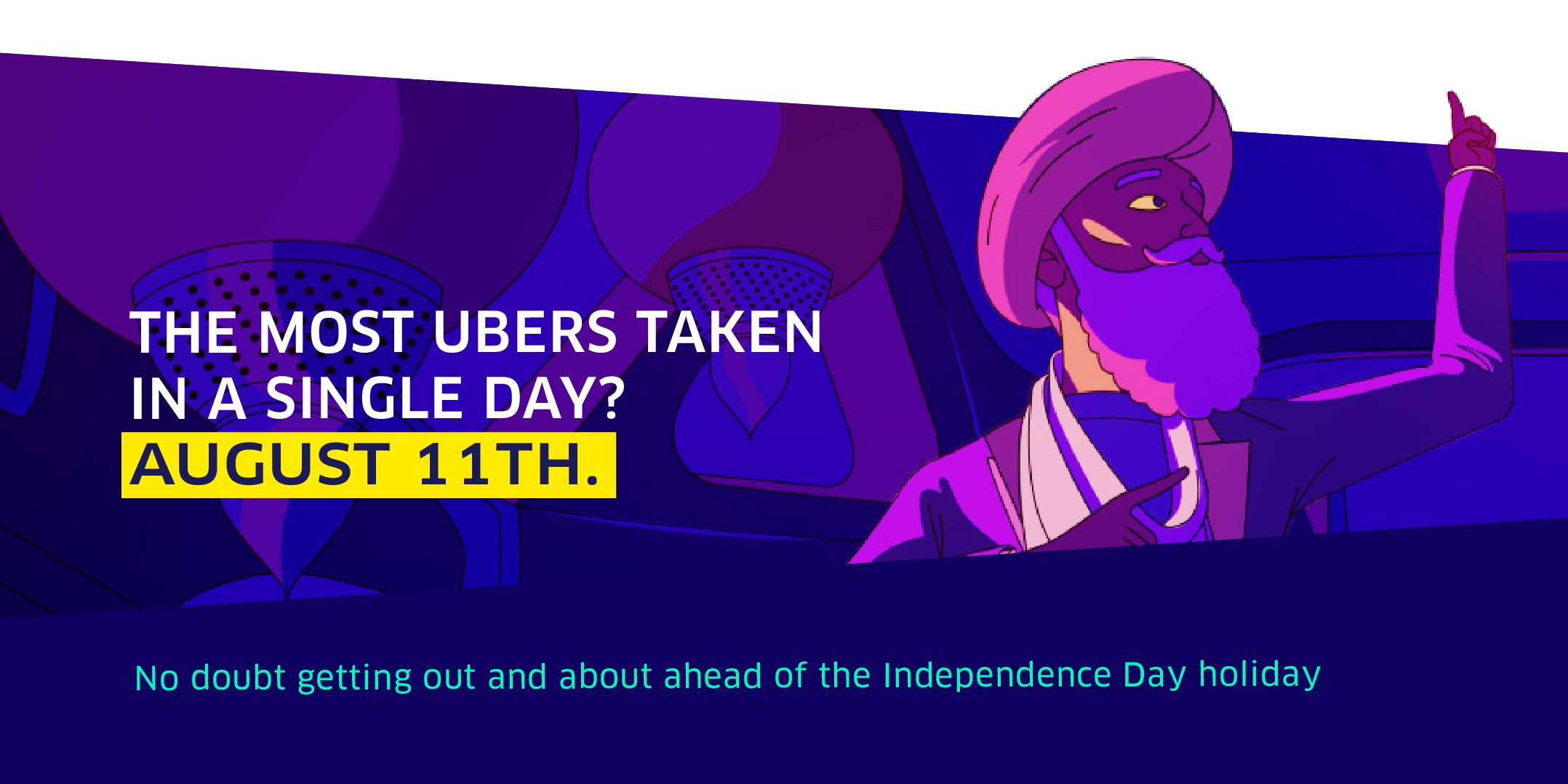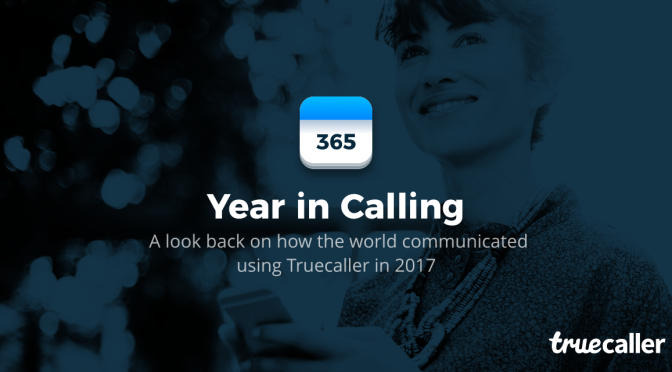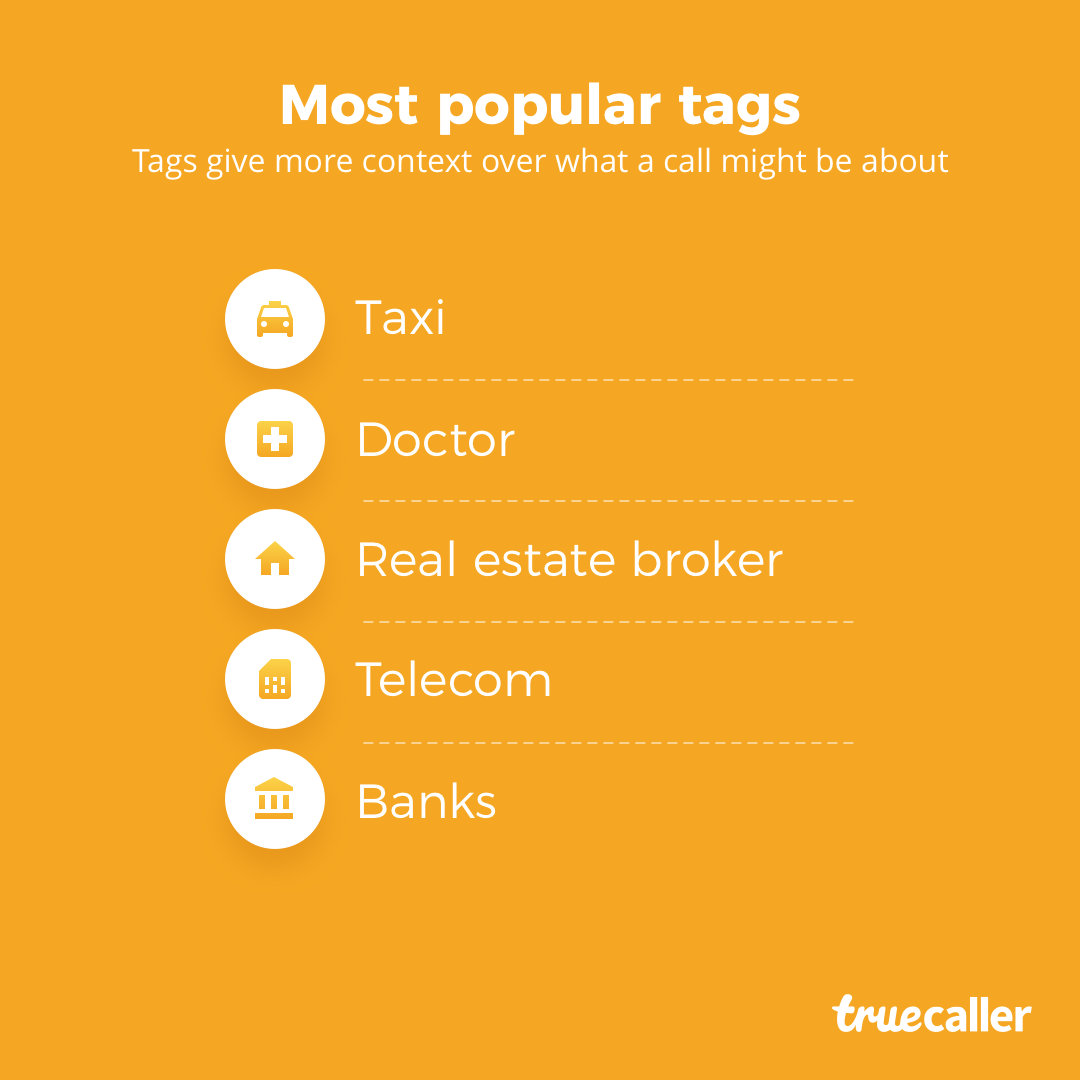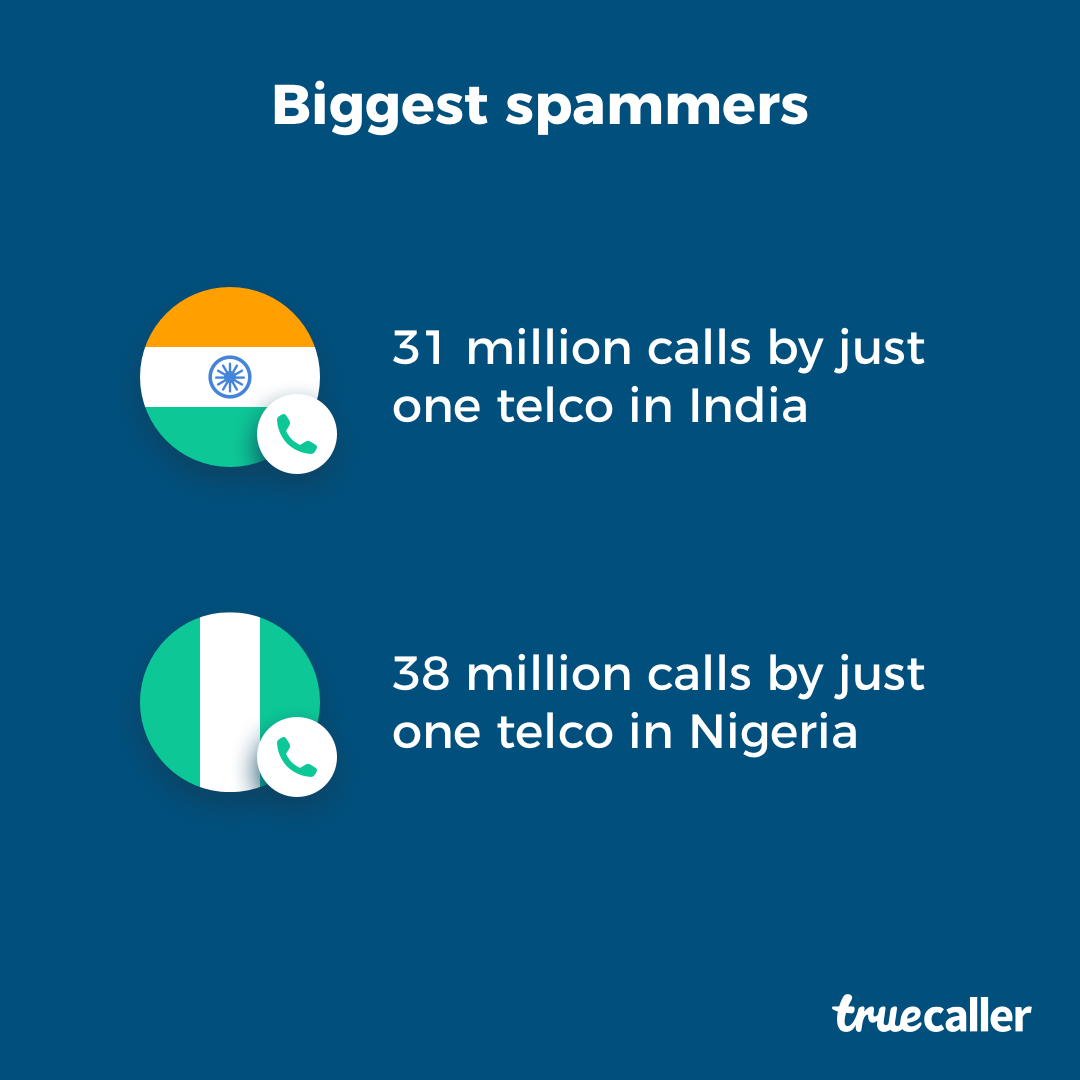Real-money online skill-based gaming startup 9stacks announced the close of more than Rs 10 Crore in angel funding [Pre-Series A]. Angel Investors include Swati Gupta [Founder, IndustryBuying], Purnima Khandelwal [Founder, INI Farms], Maheshwer Peri [Founder, Careers360], Sanjay Singh [Founder, Swas Healthcare], Anant Daga [MD, TCNS Clothing/W], Kartik Sheth [Chief Innovation Officer Airtel & CEO, Wynk], Kedar Gavane [VP, ComScore], Amit Diwan [Sr. Director, Hines], Mohit Sardana [CBO, GoFro] & Shubhajit Sen [ex-CMO, Micromax]. The round also saw participation from a number of VC and PE investors in their personal capacities.
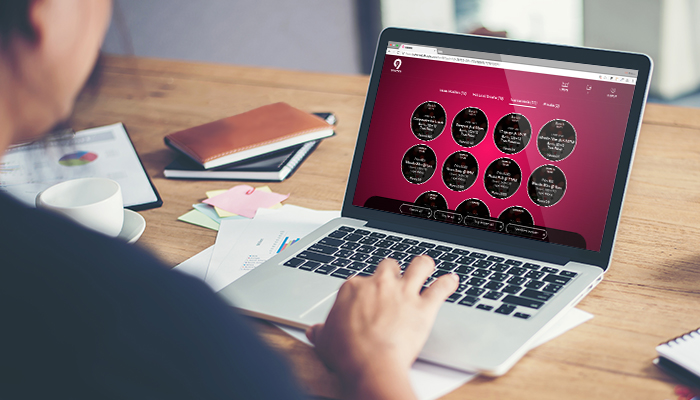
9stacks currently offers online real-money poker to customers in 24 Indian states, who can access its modern and secure poker platform on 9stacks and on iOS, Android, MacOS & Windows native apps.
9stacks will utilize the funding to accelerate its product and technology development as well as scale to other geographies and other categories within the real money online gaming space. The company is also significantly investing in producing its own poker-specific content to help users develop their poker skills and connect with other poker players.
Sudhir Kamath, CEO and Co-founder, 9stacks, said
Our vision is to make 9stacks India’s best online poker platform With the backing of our angel investors, we want to make 9stacks the first choice for new users to play poker, with the most user-friendly interface, quickest pay-ins & pay-outs through seamless integration with payment gateways/bank accounts, and clear policies on tax deduction for a safe and hassle-free playing experience.
The real-money skill-based gaming segment includes companies offering rummy, poker and fantasy league contests, and has seen a number of investments and exits recently.
About 9stacks
Founded in April 2017, 9stacks aims to be India’s best real-money skill-gaming platform and is run by a close-knit group of founders from reputed institutions like the IITs and IIM Ahmedabad, with experience in companies like Groupon/Nearbuy, Nykaa, Zivame, McKinsey & Co & Boston Consulting Group.
9stacks is part of SparSkills Technologies Pvt Ltd, a company focused on technology development and branding/marketing in the space of real money online gaming in India. This Delhi-based start-up launched its first offering – online poker in October 2017. 9stacks is operational as a website on the URL 9stacks.com. For more information, please visit 9stacks


